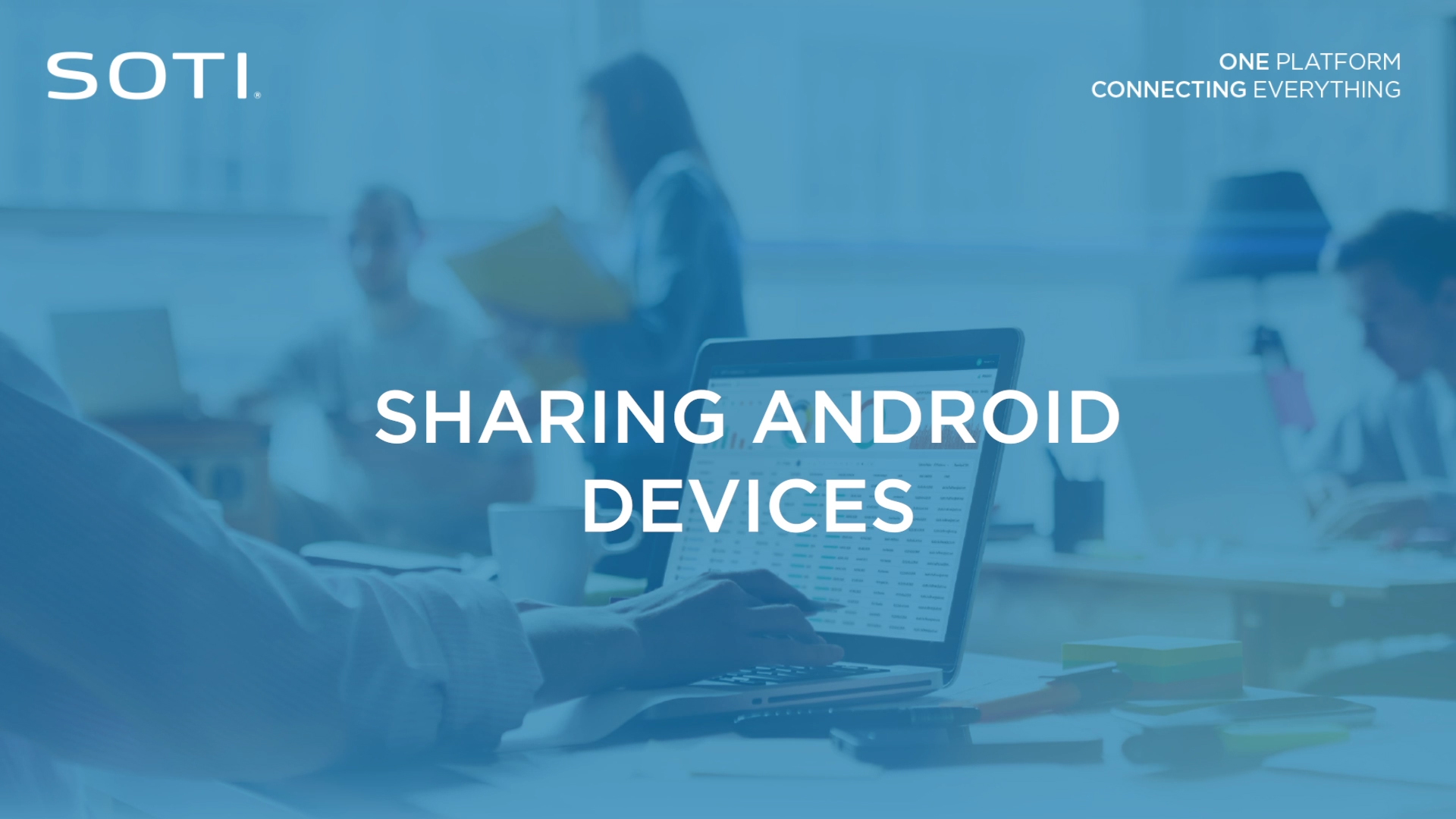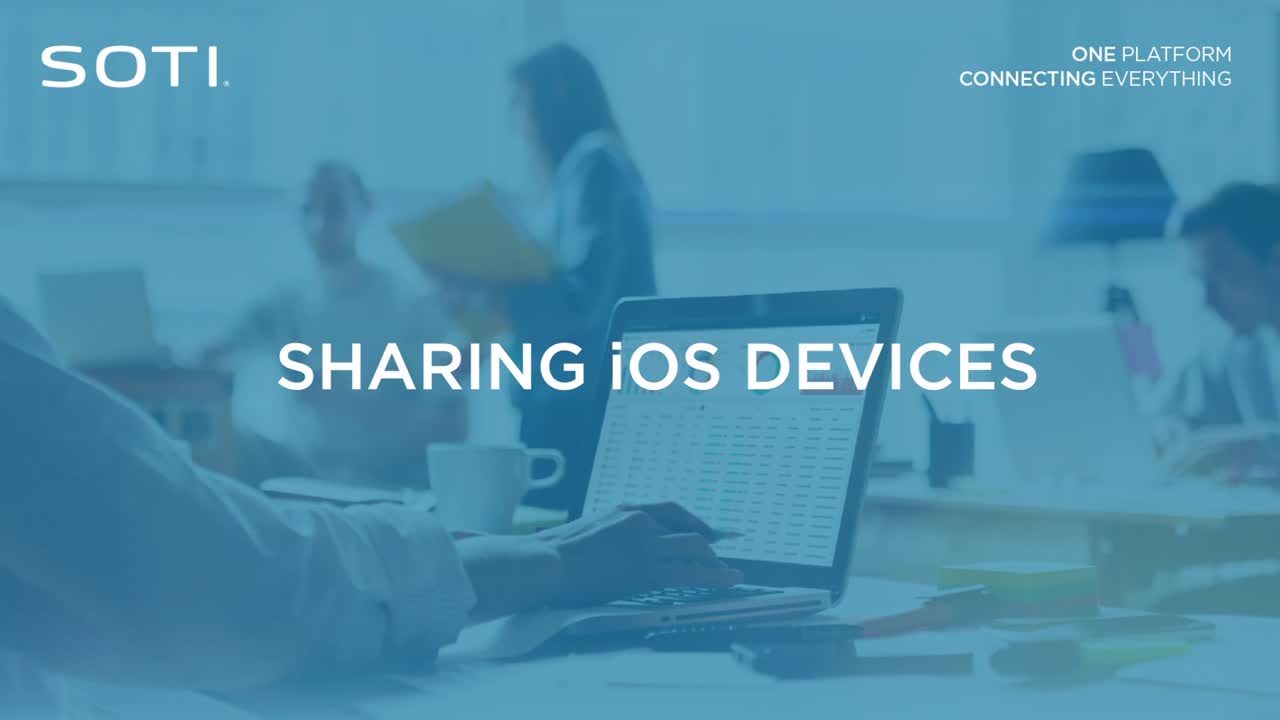
If your business operates on three shifts of eight hours, you need three sets of devices. Instead, have one set, share it amongst your employees and enjoy a capital expense (CAPEX) savings of up to 66%.
Approximately 32 million people in the United States are shift workers, globally, the numbers are exponentially higher. Common shift work jobs include:
- Evening: Retail store workers and sales personnel, healthcare workers, real estate agents and food service workers (servers, preparers, bartenders and delivery drivers).
- Night: Emergency services responders (paramedics, police, firefighters), manufacturing employees and transportation and logistics (T&L) drivers.
- Early morning: Field services employees, engineers, construction and extraction workers, mechanics and installation, maintenance and repair professionals.
What these jobs have in common is mobile technology. Restaurant servers use tablets to take down an order. T&L drivers verify receipt of delivery via smartphone apps. Field services workers access jobsite safety data on rugged devices.
Whether it’s a food service staff of a dozen, a T&L driver fleet of hundreds or a field services workforce of thousands, buying individual mobile devices for each shift worker can be pricey.
But with SOTI MobiControl’s ability to share devices, it doesn’t have to be.
What is Shared Device Configuration?
Think about logging on to a desktop computer and choosing from multiple profiles on the start-up screen. It’s one device, but many configurations to meet the needs of each user.
Shared device configuration from SOTI operates the same way. Configure devices for shared use so that when one shift concludes, the employee passes the device to their co-worker who uses their login credentials to access the apps and data they need for the next eight hours.
Shared configuration is available for Android and Apple devices. Learn more about each by watching the videos below:
Sharing Android Devices

Sharing iOS Devices

Doing the math, the cost-savings are obvious and significant. If you have a workforce of 1,000 employees rotating across three eight-hour shifts – each of whom requires a tablet at an average cost of $332.95 USD – that’s $332,950 of CAPEX costs.
Say the average shift has 333 employees; sharing devices drops that cost drastically to just $110,872.35. And by eliminating the other 667 devices, you also cut down on things such as:
- Total cost of ownership (TCO) for all devices.
- Financial and productivity impact of device downtime.
- Risk of devices being lost, stolen or misplaced (on average, company issued smartphones are lost or stolen every day) and the risk of unauthorized data breaches (the average mean time globally to identify a data breach is 197 days).
This multi-user functionality creates a set of interchangeable devices that are equally and immediately useful to any authorized user that picks one up; and does it without sacrificing employee efficiency.
3 Tips to Maximize Your Shared Device Configurations
Sharing devices amongst shift workers does not mean everyone gets access to the same apps, data and functionality. An effective strategy allows devices to be easily and safely shared across different shifts, employees, and job roles and requirements. The device stays the same; it’s what people can do on the device that’s tailored and unique.
Before you embark on a shared device configuration strategy, here are some things to keep in mind.
1) Map Out Who Needs What
Determine which device resources (e.g. apps) anyone in the company, regardless of shift or role, will need to use. Then map out anything that’s specific to a particular user group or job function. This maximizes the initial device setup time and allows for a seamless transition when the device is passed from one shift worker to another.
2) Protect Private Data Between Shifts
If the previous shift worker doesn’t fully log out of the device, app or other data may be left accessible and/or vulnerable. Using Enterprise Mobility Management (EMM) to clear data between shifts can set the app or device back to its initial state for the next user. That way, there’s no intermixing of data, such as, say, deliveries completed on a particular shift.
3) Use Single Sign-On (SSO) Technology
When a shift worker receives their device, they want to access the apps and data they need as soon as possible. The faster they can do this, the more productive they’ll be. Enabling SSO eliminates the need to multiple logins (one for the device, one for each app they need, etc.) and provides a smooth experience. This becomes even more important once you factor in that 68% of employees switch between 10 apps every hour.
Want to Save 66% on Device Costs? Want to Increase Shift Worker Productivity? Want to Start Now? Contact Us Today
Earlier in this blog it was mentioned that the average price of a tablet is $332.95 USD. By 2024, that price is expected to rise to approximately $565 USD.
If you’re looking to purchase new tablets – or any other mobile devices for your shift workers – the savings offering by SOTI’s shared device configuration capabilities will only increase.
Interested in configuring your devices for shared use? Here’s how you can start:
- Try it yourself: Start your free 30-day, no obligation trial of SOTI MobiControl
- See it in action: Book a free product demo and we’ll show you how it works
- Ask your questions: Contact us with any questions about shared devices



